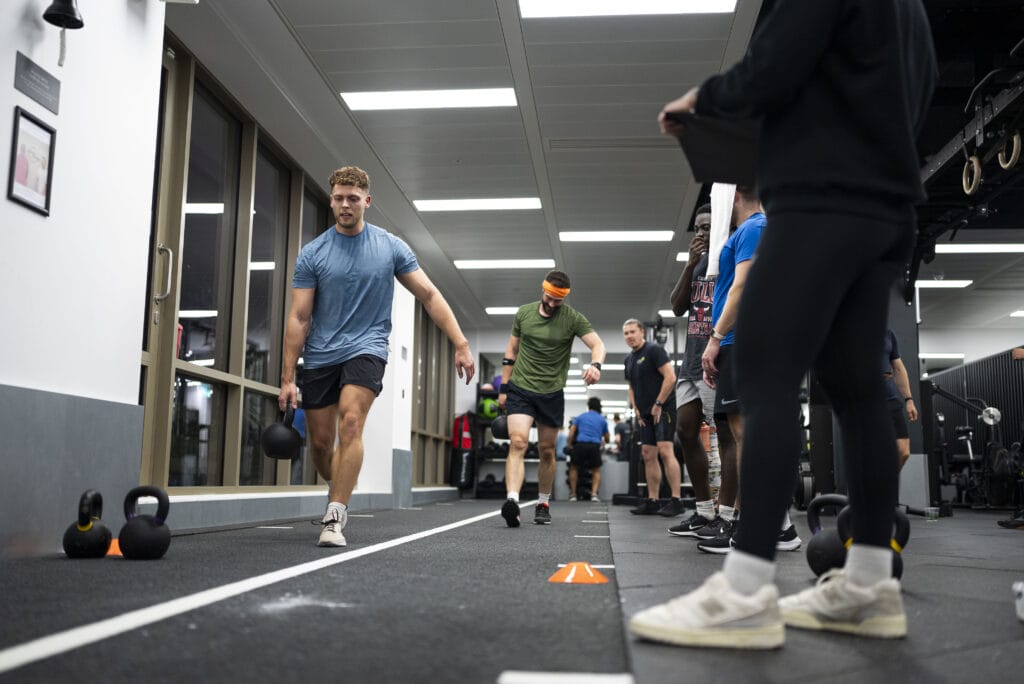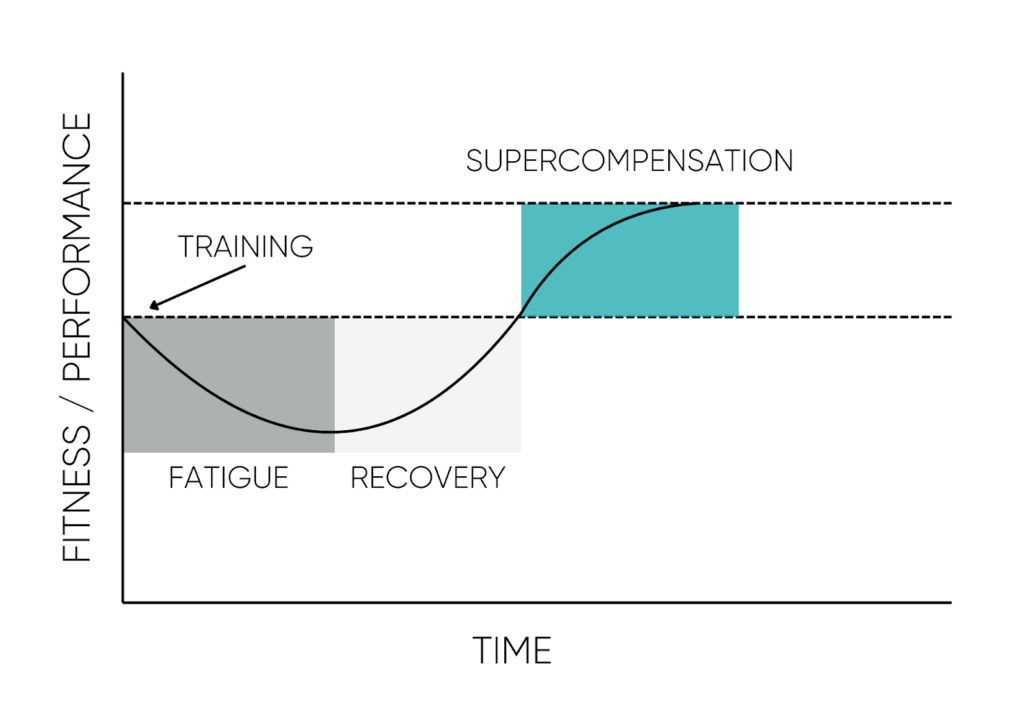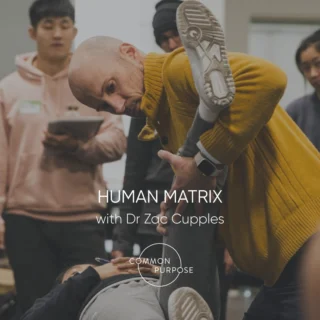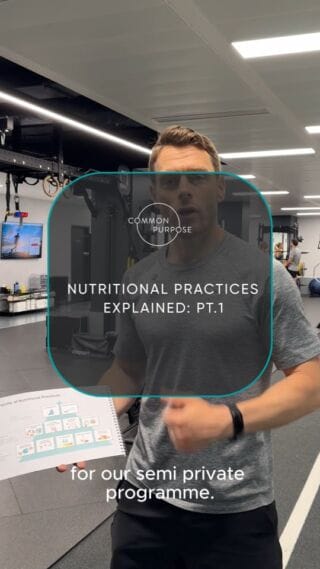Whether you’re striving for a specific athletic goal or aiming to become a versatile all-rounder, capable of engaging in a diverse array of physical activities, our mission at Common Purpose is to unlock your full potential and help you achieve your performance goals through our One to One PT and Semi Private PT offerings.
We design our training programmes using evidence-based methods, ensuring they meet our members’ needs and goals. With our experienced and motivating personal trainers, our members benefit from the latest training techniques to become the fittest, strongest, and most athletic version of themselves.
What is Athletic Performance?
Before we dive into the Common Purpose approach to enhancing performance, let’s first define what performance really means and what it entails. Performance is about being able to perform a task or activity to the best of our ability. Whether it’s in the gym, on the sports field/court or competing in a specific event (triathlon, hyrox, marathon, powerlifting etc).
Peak performance requires a mix of technical skill, physical and psychological attributes. At Common Purpose, our job is to optimise movement and exercise technique in order to train effectively to develop the specific physical attributes required to reach peak performance. We also support and help develop mindset skills that help maintain motivation and consistency along the way.
The 5 Pillars of Performance
In order to train to enhance physical performance, we focus on 5 key areas in particular: Movement, Strength, Conditioning, Athleticism, and Body Composition.
We believe that everyone should incorporate all of these pillars into their training programme. The right mix of these pillars will vary depending on the task and the individual. For example, a marathon runner needs enough muscular strength to prevent injury but doesn’t require as much strength as a powerlifter. In fact, overemphasising strength training could interfere with their training and performance in long-distance running.
Movement
Proper movement is the foundation of all physical activity. We believe moving well before moving often. Movement is complex, but there are fundamental movements and joint ranges of motion that we should all be able to perform. These fundamentals ensure we are able to train efficiently and safely. At Common Purpose, we screen for these movements and provide training programmes that aim to enhance your movement capacity by addressing restrictions or limitations, promoting optimal movement.











